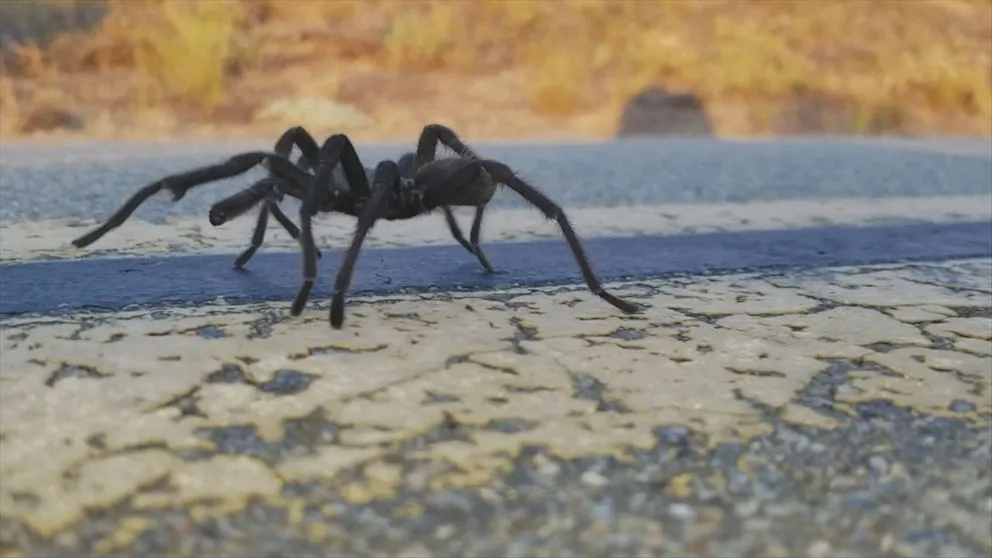The allure of owning a tarantula is undeniable for many Californians. These fascinating creatures, with their striking appearance and relatively low-maintenance care, make for compelling pets. But before you bring a tarantula into your home, it’s essential to know where to find a healthy specimen and how to care for it properly. This guide provides the top 5 buying tips for anyone looking to acquire a tarantula for sale in California, ensuring a safe and rewarding experience for both you and your new eight-legged friend. From finding a reputable source to understanding the specifics of tarantula care, this article has you covered, setting you on the right path to responsible tarantula ownership.
Where to Buy a Tarantula in California
Finding a reliable source is the first and most crucial step in acquiring a tarantula. California offers several options, each with its own pros and cons. Your choice will significantly impact the health of your tarantula, the species available, and the support you receive after purchase. Always prioritize sources that prioritize the well-being of their tarantulas and provide adequate information about their care.
Reputable Breeders and Pet Stores
Reputable breeders are often the best option. They specialize in tarantulas, providing a deep understanding of their species and care requirements. These breeders typically prioritize the health and well-being of their tarantulas, offering healthy specimens and sound advice. They often have a wide variety of species, and can provide valuable information about the specific needs of each tarantula. Local pet stores, particularly those specializing in reptiles and exotic pets, can also be a good option, though their expertise may vary. When considering a pet store, check online reviews and ask about their sourcing practices. Ensure they provide proper care for their tarantulas, with clean enclosures, appropriate temperature, and humidity levels. Inspect the tarantulas carefully for any signs of illness or stress before making a purchase.
Online vs. Local Options
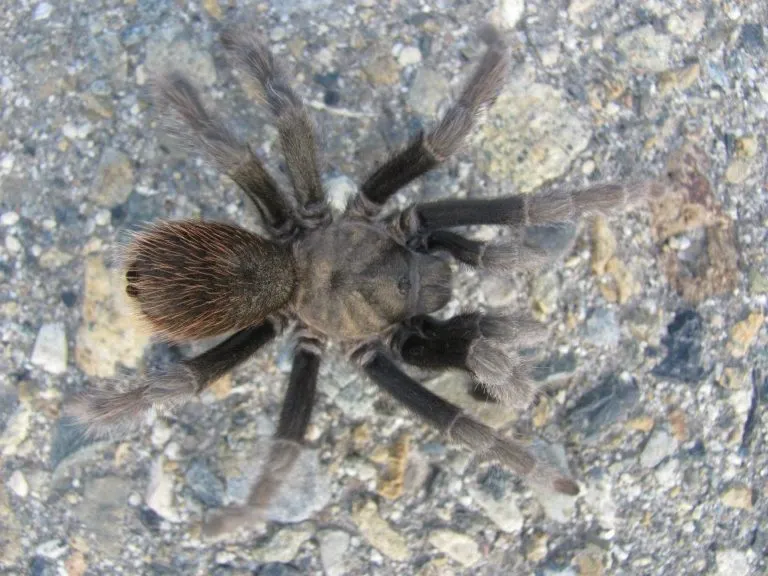
The internet offers a vast marketplace for tarantulas, with many breeders and retailers selling online. While online options expand your choices significantly, they also come with potential risks. Ensure the seller provides clear information about their shipping practices and guarantees the safe arrival of the tarantula. Examine reviews and testimonials from previous customers. Local options allow you to inspect the tarantula in person before purchase. You can see the animal’s health and behavior firsthand. Local stores often offer immediate support and advice, which can be invaluable for new tarantula owners. Weigh the convenience of online shopping against the benefits of local inspections and support when deciding where to buy your tarantula.
Top 5 Tips for Choosing a Tarantula
Selecting a tarantula is a decision that goes beyond just picking a species. You are choosing a long-term companion whose health and well-being are in your hands. Consider your experience level, lifestyle, and the specific needs of the tarantula. This careful selection process ensures a positive experience for you and your new pet. These are the top five tips to help you choose the perfect tarantula.
Researching Different Tarantula Species
Before purchasing, research different tarantula species. Some species are more docile and easier to handle. Others are more venomous or require more specialized care. Consider your experience level and the time you can dedicate to their care. Learn about their natural habitat, diet, and lifespan. This research will help you select a species that suits your lifestyle and allows you to provide the best possible care. Popular beginner species include the Chilean Rose Hair tarantula and the Curly Hair tarantula, while others, like the Gooty Sapphire Ornamental, are better suited for experienced keepers.
Assessing Tarantula Health
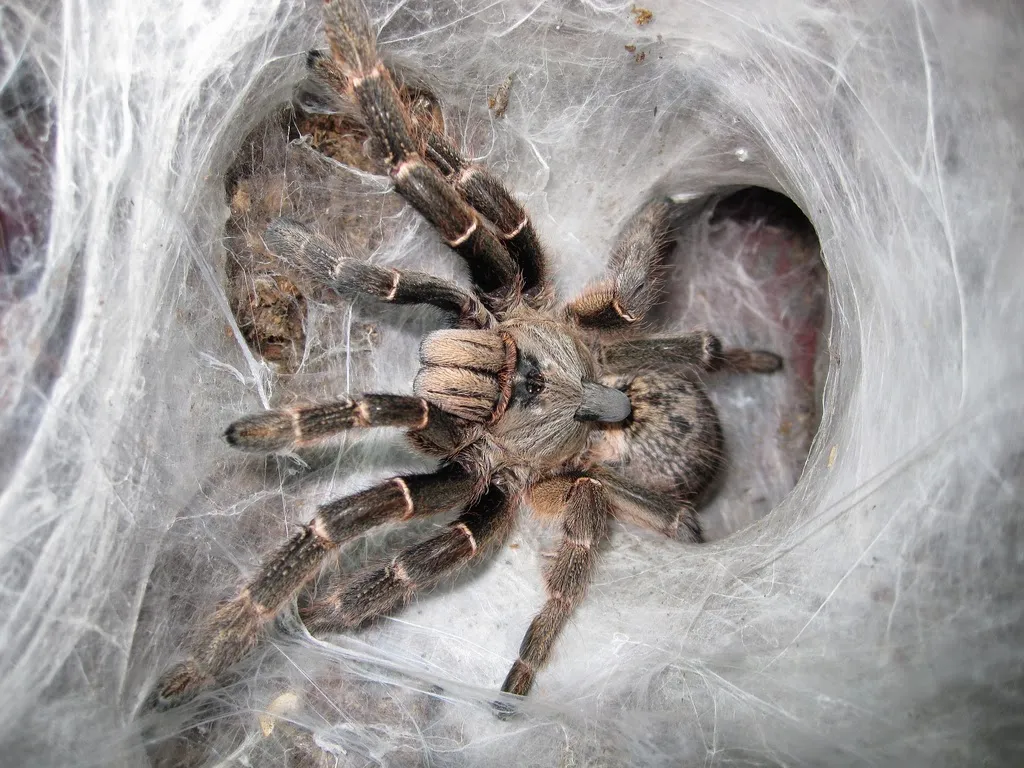
A healthy tarantula is active, alert, and has a good appetite. Before you buy, observe the tarantula carefully. Look for signs of illness or stress, such as lethargy, loss of appetite, or unusual posture. Healthy tarantulas move with confidence and show interest in their surroundings. A healthy tarantula indicates a healthy and well-cared for creature, and will reduce the risk of encountering future difficulties.
Checking for a Healthy Appetite
A tarantula’s appetite is a good indicator of its health. Ask the seller when the tarantula last ate and what it was fed. If possible, observe the tarantula feeding. A healthy tarantula will readily accept food, such as crickets or mealworms. Refusal to eat can be a sign of stress, illness, or improper environmental conditions. Be aware that tarantulas may fast before molting, which is a natural process, but prolonged refusal of food requires investigation.
Examining Physical Condition
Inspect the tarantula’s physical condition. Check for any missing limbs, damaged pedipalps, or injuries. Look for signs of parasites or mites. The tarantula’s abdomen should be plump, not shriveled, indicating it’s well-hydrated and has been eating. Look at the fangs, which should be intact and in good condition. A healthy tarantula has a clean, shiny exoskeleton, free from visible blemishes or abnormalities. Prioritize a tarantula that looks bright and well cared for.
Understanding the Tarantula’s Temperament
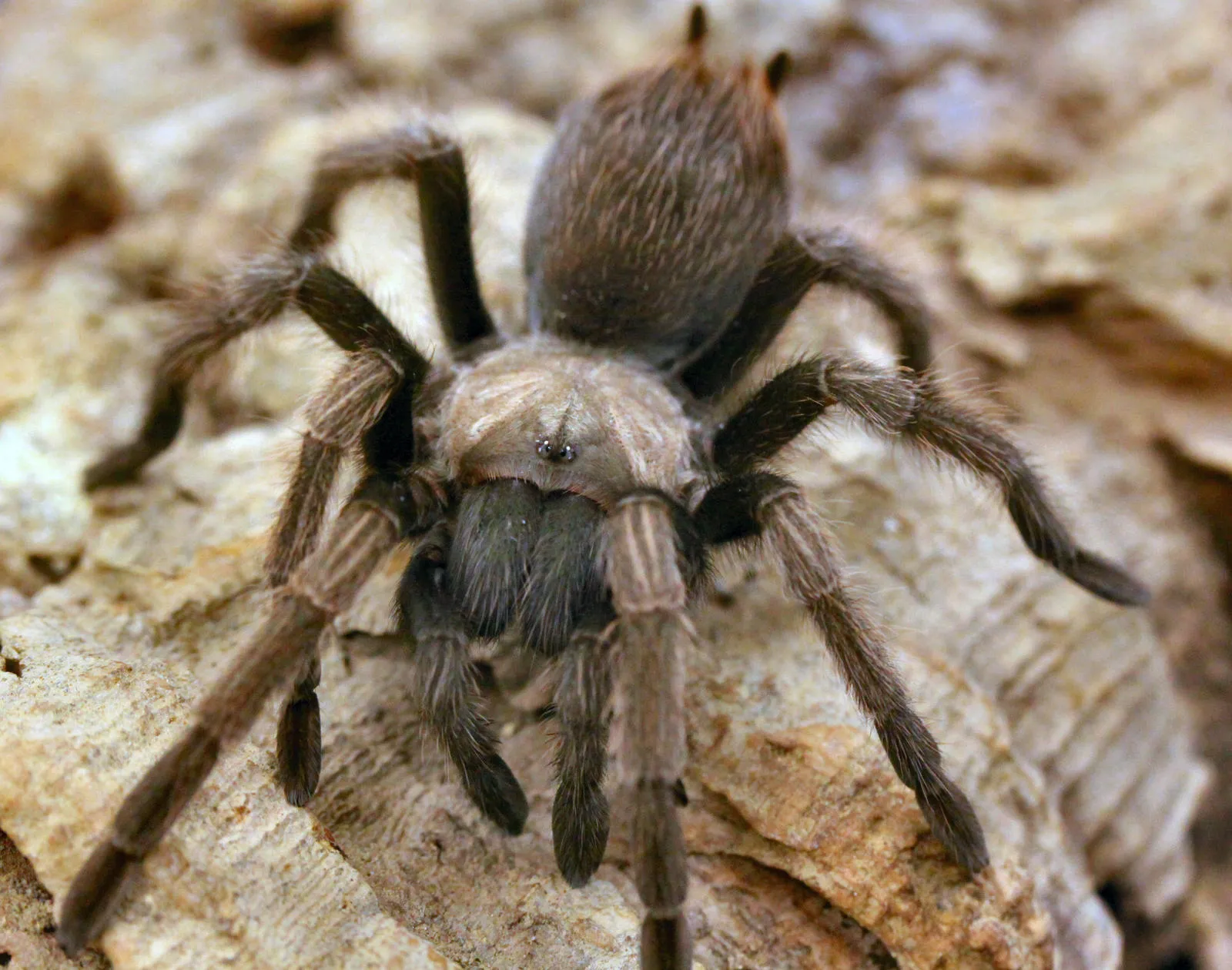
Tarantulas have a variety of temperaments. Some species are more docile and can be handled with care, while others are defensive and prefer to be left alone. Research the temperament of the species you are considering. Avoid tarantulas that appear overly defensive or aggressive, as they may be stressed or have underlying health issues. If you plan to handle your tarantula, choose a species known for its calm disposition. Be mindful of the tarantula’s posture and behavior. A tarantula that is constantly flicking hairs or raising its front legs is a sign of potential aggression.
Setting Up the Tarantula’s Habitat
A well-designed habitat is essential for your tarantula’s health and happiness. The enclosure should mimic the tarantula’s natural environment, providing adequate space, substrate, and climate control. The correct setup also enhances your ability to observe and care for your pet. A properly setup habitat is also vital for promoting natural behaviors and enabling the tarantula to thrive. Here are some key setup elements.
Choosing the Right Enclosure Size
Select an enclosure appropriate for the tarantula’s size and species. The enclosure should be large enough to allow the tarantula to move comfortably, but not so large that it feels exposed and stressed. Terrestrial tarantulas need more floor space, while arboreal species require more vertical space. Consider the adult size of the tarantula. A secure lid is essential to prevent escapes. Ensure the enclosure is made of a material that is easy to clean and maintain, like glass or acrylic.
Providing Appropriate Substrate
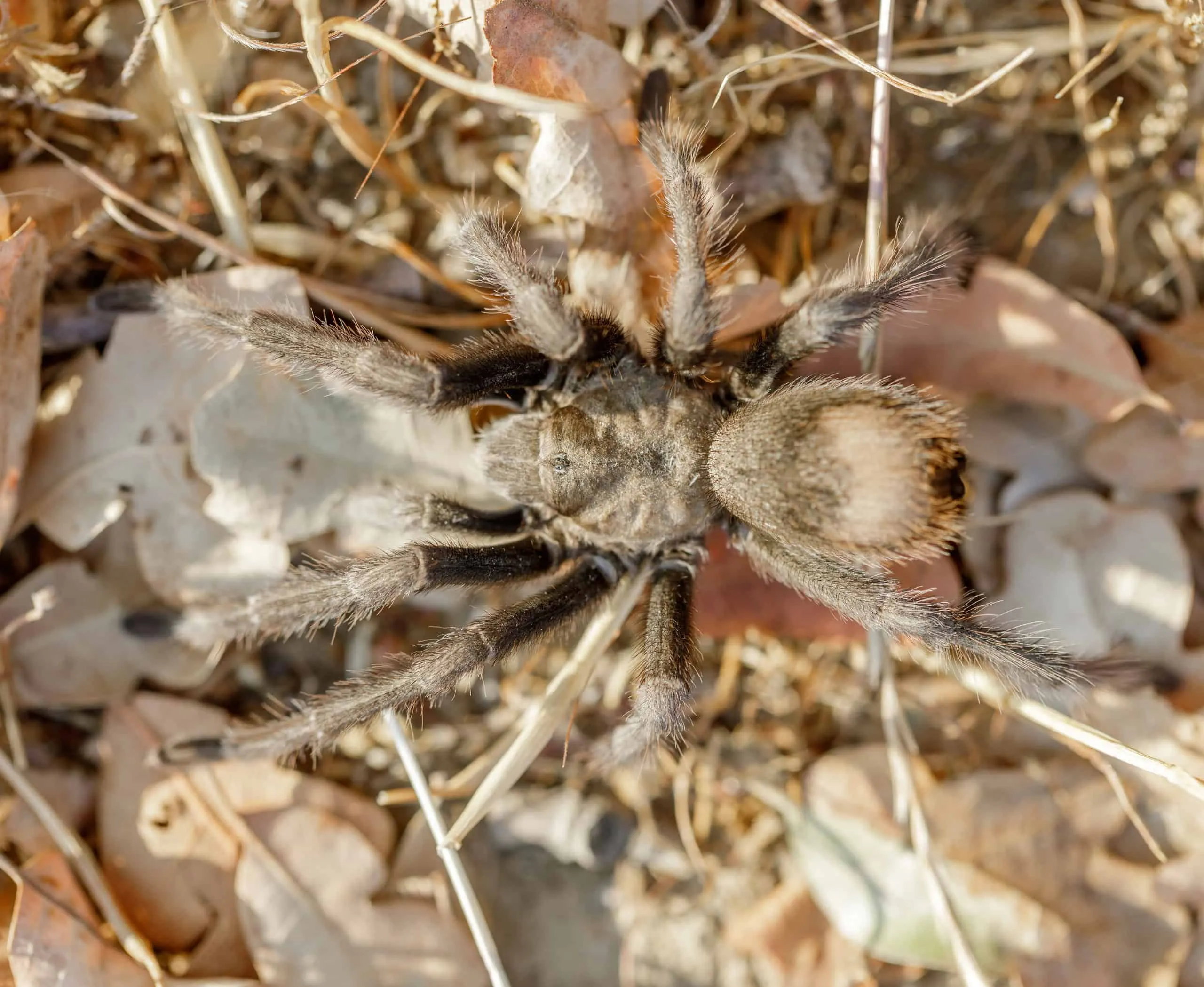
The substrate is the material that lines the bottom of the enclosure. It provides a comfortable surface for the tarantula and helps maintain humidity. The type of substrate you use depends on the species. For example, terrestrial species thrive on a substrate of peat moss, coconut fiber, or a mix of both. Arboreal species may prefer a substrate that includes sphagnum moss. The substrate should be deep enough for the tarantula to burrow if it is a burrowing species. The substrate must be kept clean to prevent mold and bacterial growth.
Maintaining Optimal Temperature and Humidity
Tarantulas are ectothermic animals, meaning they rely on their environment to regulate their body temperature. Maintain the appropriate temperature range for your species using a heat lamp or a heat mat. Monitor the temperature with a thermometer. Humidity is also critical. Use a hygrometer to monitor humidity levels. Misting the enclosure with water can help maintain the right humidity, but avoid over-misting, which can lead to mold growth. Regularly ventilate the enclosure to ensure good air circulation. The ideal temperature and humidity levels vary, so research the specific needs of your tarantula species.
Feeding and Caring for Your Tarantula
Proper feeding and care are essential for the health and longevity of your tarantula. These fascinating creatures have specific dietary needs and require a carefully managed environment to thrive. By following these guidelines, you will ensure your tarantula remains happy and healthy.
Feeding Frequency and Diet
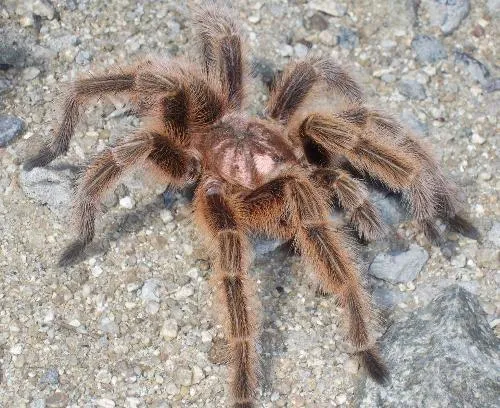
The feeding frequency depends on the tarantula’s age and species. Younger tarantulas require more frequent feedings than adults. Feed juveniles 2-3 times a week, while adults may only need to be fed once a week or even less. The diet typically consists of live insects, such as crickets, mealworms, roaches, and other commercially available feeder insects. The size of the prey should be appropriate for the tarantula’s size. Remove any uneaten food within 24 hours. Always provide fresh, clean water in a shallow dish.
Watering Your Tarantula
Fresh water is essential for your tarantula’s health. Provide a shallow water dish that is easily accessible. The water should be clean and changed regularly to prevent bacterial growth. Mist the enclosure as needed to maintain humidity, but avoid over-misting. This can lead to mold growth and other problems. Make sure the water dish is appropriate in size. Choose a dish that your tarantula cannot drown in.
Handling Your Tarantula Safely
Handling a tarantula is a personal choice. Some keepers enjoy handling their tarantulas, while others prefer to observe them from a distance. If you choose to handle your tarantula, do so with caution. Always handle your tarantula over a soft surface, in case it falls. Avoid sudden movements and be mindful of the tarantula’s behavior. Some species are more prone to biting or flicking hairs. Wash your hands before and after handling your tarantula. When handling your tarantula, allow it to walk onto your hand, rather than trying to pick it up.
Common Mistakes to Avoid
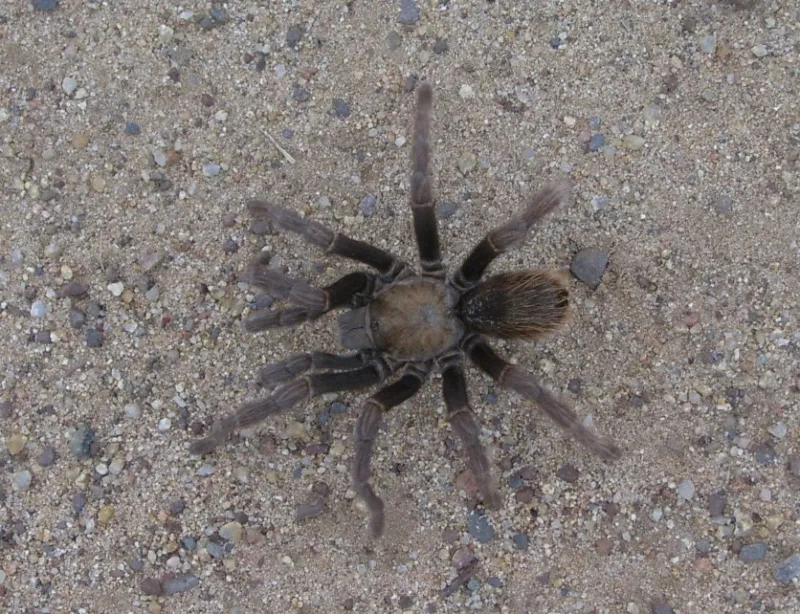
Avoiding common mistakes is crucial to ensuring the health and well-being of your tarantula. Understanding these pitfalls will save you from unnecessary stress and potential harm to your pet. These are the most common issues encountered by novice tarantula keepers.
Overcrowding the Enclosure
Overcrowding your tarantula’s enclosure can lead to stress and behavioral issues. Provide enough space for your tarantula to move around comfortably, explore, and express natural behaviors. Overcrowding limits movement and may cause competition for resources. The enclosure should be appropriate for the tarantula’s size. Ensure enough space for proper molting. Provide enough hiding places to reduce stress.
Improper Humidity Levels
Maintaining the correct humidity level is essential for your tarantula’s health. Both too much and too little humidity can be detrimental. Low humidity can cause dehydration and difficulty molting. High humidity can lead to mold growth. Research the specific humidity needs of your tarantula species and use a hygrometer to monitor the humidity levels. Adjust the ventilation, misting, and substrate to maintain the proper humidity.
Not Researching the Species
One of the most significant mistakes is failing to research the specific needs of your tarantula species. Different species have different requirements for temperature, humidity, substrate, and diet. Without adequate research, you risk providing improper care, which can lead to illness, stress, or even death. Before you buy a tarantula, invest time in researching its specific requirements. Consult with experienced keepers and reliable sources of information. Understand its natural habitat, temperament, and potential health issues. Proper research is the foundation of responsible tarantula ownership.
Owning a tarantula in California can be a rewarding experience. By following these top 5 buying tips, you can greatly increase your chances of finding a healthy tarantula and providing it with the care it needs to thrive. Remember to always prioritize research, responsible sourcing, and consistent care to ensure a long and fulfilling relationship with your fascinating eight-legged pet. Enjoy your new tarantula and the wonderful world of arachnids!
